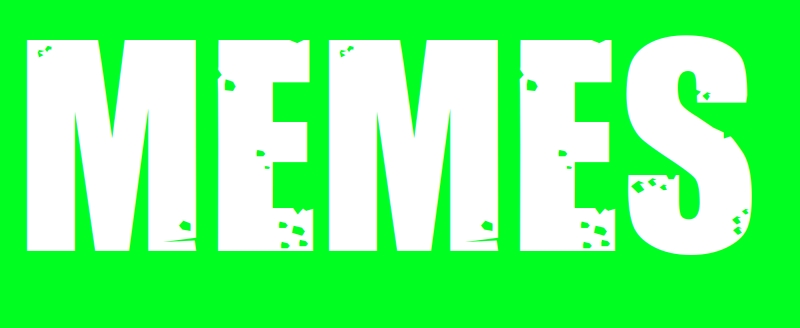

This is supposedly where the phrase “thick as thieves” comes from. If thieves were working together, they’d share stories of some of their previous crimes. So the group would all have blackmail on each individual member. The idea was that no individual person would rat, because then everyone they’ve worked with in the past would rat on them.







Nah, this is just the first time she hasn’t been treated with privilege. POC deal with the pay-downs all the time. This is just the first time they dared to pick her for the pat down.